#Hungarian embroidery
Explore tagged Tumblr posts
Text

1 note
·
View note
Photo

Hand Embroidered Floral Design. https://www.etsy.com/listing/1041832107
1 note
·
View note
Text

Here's a little embroidery piece* vaguely inspired by the Hungarian Kalocsa style embroidery, and not so vaguely inspired by Dandelion from The Witcher books and the many ways his name has been translated.
We have Buttercups, of course, for Jaskier (Polish), Pasque flower for Kökörcsin (Hungarian), Larkspur for Rittersporn (German), Marigold for Marigold (Czech), and Dandelion (English). Also Cornflowers for his eyes 😅
*I only just started to learn the ins and outs of embroidery, so this has many issues, but I'm still kinda proud of it.
#embroidery#the witcher#dandelion#jaskier#would have been nice to finish this in march#for the day of polish-hungarian friendship#but i got sidetracked#oops
92 notes
·
View notes
Text

Made this Calcifer bow with hungarian traditional embroideries a few days ago 🔥
#dark cottagecore aesthetic#dark cottagecore#folkcore#cottagecore aesthetic#witchy aesthetic#traditional embroidery#hungarian embroideries#ghibli aesthetic#studio ghibli#calcifer#ghiblicore
83 notes
·
View notes
Text
Might have made a friend due to the huge ass bloodborne embroidery on the back of my jacket, today truly is a win for little old me <3
#was just giving classroom keys over to a guy and he noticed the big 'our eyes are yet to open' on me#and we started talking#he invited me to play fallout ttrpg with them on Tuesdays#so that's fun#he's also in translation and interpreting but with Hungarian-English-German language combo#I'm on Hungarian-Russian-English#so we don't have any seminars in common#oh how luck plays a hand in getting me new friends!#he's the very first person who recognised the embroidery even though I've been wearing it for years#on an unrelated note#I am sooooo tired#I haven't had time to draw in 6 weeks#and when I did have one free afternoon I straight up just couldn't draw I was so exhausted and wound up#I need to get fully fluent in Russian by the end of this year or else I will combust#but idk how to do that other than by consuming copious amounts of fanfic and novels in it and rewatching arcane w/ Russian dub 648213 times#I'm on a C1 level I just make a shitton of mistakes and my active vocabulary is at most half the size of my passive one#and that was life updates by me!!! I miss being here and I miss bloodborne aaaaa#I hope you guys are doing well <3#posts from yahar'gul
5 notes
·
View notes
Text


Coat, man's
ARTIST: Artist unrecorded
DATE: ca. 1920
PLACE MADE: Hungary, Europe
MEDIUM: Wool
5 notes
·
View notes
Photo

Tail-coat, mens gala dress, early 20th century
2 notes
·
View notes
Text
I was meeting a client at a famous museum’s lounge for lunch (fancy, I know) and had an hour to kill afterwards so I joined the first random docent tour I could find. The woman who took us around was a great-grandmother from the Bronx “back when that was nothing to brag about” and she was doing a talk on alternative mediums within art.
What I thought that meant: telling us about unique sculpture materials and paint mixtures.
What that actually meant: an 84yo woman gingerly holding a beautifully beaded and embroidered dress (apparently from Ukraine and at least 200 years old) and, with tears in her eyes, showing how each individual thread was spun by hand and weaved into place on a cottage floor loom, with bright blue silk embroidery thread and hand-blown beads intricately piercing the work of other labor for days upon days, as the labor of a dozen talented people came together to make something so beautiful for a village girl’s wedding day.
What it also meant: in 1948, a young girl lived in a cramped tenement-like third floor apartment in Manhattan, with a father who had just joined them after not having been allowed to escape through Poland with his pregnant wife nine years earlier. She sits in her father’s lap and watches with wide, quiet eyes as her mother’s deft hands fly across fabric with bright blue silk thread (echoing hands from over a century years earlier). Thread that her mother had salvaged from white embroidery scraps at the tailor’s shop where she worked and spent the last few days carefully dying in the kitchen sink and drying on the roof.
The dress is in the traditional Hungarian fashion and is folded across her mother’s lap: her mother doesn’t had a pattern, but she doesn’t need one to make her daughter’s dress for the fifth grade dance. The dress would end up differing significantly from the pure white, petticoated first communion dresses worn by her daughter’s majority-Catholic classmates, but the young girl would love it all the more for its uniqueness and bright blue thread.
And now, that same young girl (and maybe also the villager from 19th century Ukraine) stands in front of us, trying not to clutch the old fabric too hard as her voice shakes with the emotion of all the love and humanity that is poured into the labor of art. The village girl and the girl in the Bronx were very different people: different centuries, different religions, different ages, and different continents. But the love in the stitches and beads on their dresses was the same. And she tells us that when we look at the labor of art, we don’t just see the work to create that piece - we see the labor of our own creations and the creations of others for us, and the value in something so seemingly frivolous.
But, maybe more importantly, she says that we only admire this piece in a museum because it happened to survive the love of the wearer and those who owned it afterwards, but there have been quite literally billions of small, quiet works of art in billions of small, quiet homes all over the world, for millennia. That your grandmother’s quilt is used as a picnic blanket just as Van Gogh’s works hung in his poor friends’ hallways. That your father’s hand-painted model plane sets are displayed in your parents’ livingroom as Grecian vases are displayed in museums. That your older sister’s engineering drawings in a steady, fine-lined hand are akin to Da Vinci’s scribbles of flying machines.
I don’t think there’s any dramatic conclusions to be drawn from these thoughts - they’ve been echoed by thousands of other people across the centuries. However, if you ever feel bad for spending all of your time sewing, knitting, drawing, building lego sets, or whatever else - especially if you feel like you have to somehow monetize or show off your work online to justify your labor - please know that there’s an 84yo museum docent in the Bronx who would cry simply at the thought of you spending so much effort to quietly create something that’s beautiful to you.
#shut up e#long post#Saturday thoughts#this has been in my drafts for a week haha#also this is the heart of why AI art feels so wrong#forget the discussion of copyright and theft etc - even if models were only trained on public domain they would still feel very wrong#because they’re not art. art is the labor of creation#even commercial art and art commissioned by the popes and kings of history: there is humanity in the labor of it#unrelated: I did not know living in the Bronx was now something to brag about. How the fuck do y’all New Yorkers afford this city???
28K notes
·
View notes
Text
Folk Hungarian Floral Embroidery Cross Stitch Pattern

0 notes
Photo
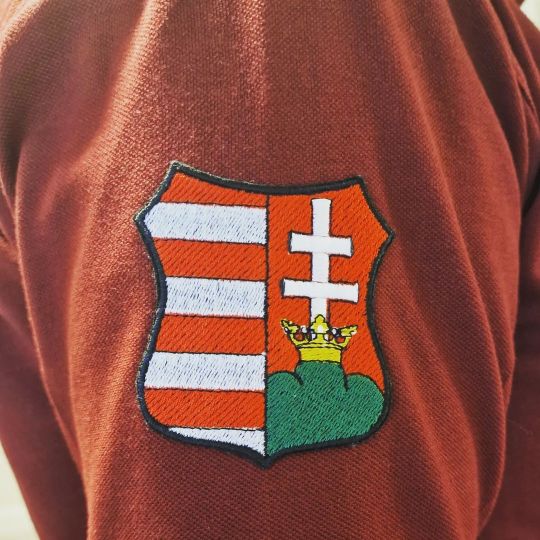
Hungarian Crest 🇭🇺 #hungarian #crest #hungariancrest #magyarország #magyarcímer #patch #embroidery #embroideryuk #country #loveyourhome #hungary #hungary🇭🇺 #flag #hungaryflag (at Crawley) https://www.instagram.com/p/CnJ-Y1zsvDP/?igshid=NGJjMDIxMWI=
#hungarian#crest#hungariancrest#magyarország#magyarcímer#patch#embroidery#embroideryuk#country#loveyourhome#hungary#hungary🇭🇺#flag#hungaryflag
1 note
·
View note
Text

Small Totoro meets Hungarian Sárkösi traditional embroideries 🖤 handmade by me. Etsy : ReunitedWithTime
#hungarian embroideries#hungarian folk tales#traditional embroidery#eastern europe#folkcore#totoro#my neighbor totoro#ghibli aesthetic#handmade#hand embroidery#made by me
37 notes
·
View notes
Text
"The relationship of textiles to writing is especially significant, not only for the cuneiform-like qualities of many patterns (preserved in a Hungarian term irásos, meaning 'written'), but also for the parallels between ink on papyrus and pigment on bark cloth. There is, in fact, little difference between the two. Such connections are implied in many textile terms. For example, the Indian full-colour painted and printed 'kalamkari' are so named from the Persian for pen, kalam; the wax for Indonesian batiks is delivered by a copper-bowled tulis, also meaning pen. The European term for hand-colouring of details on cloth is 'pencilling'. The Islamic term tiraz, originally denoting embroideries, came to encompass all textiles within this culture that carried inscriptions. And the patterns woven into the silks of Madagascar are acknowledged as a language: the Malagasy vocabulary for writing and preparing the loom are synonymous, while the finest stripes are zanatsoratra, literally children of the writing, or vowels. The study of textiles is, in fact, a branch of palaeography, in which deciphering and dating reveals the stories encapsulated in cloth 'handwriting'.
With or without inscriptions, textiles convey all kinds of 'texts': allegiances are expressed, promises are made (as in today's bank notes, whose value is purely conceptual), memories are preserved, new ideas are proposed. Records were kept in quipu (khipu) a method of knotting string used by the Incas and other ancient Andean cultures to keep accounts and communicate information, the oldest of which is some 4,600 years old. Many anthropological and ethnographical studies of textiles aim at teaching us how to read these cloth languages anew. The 'plot' is provided by the socially meaningful elements; the 'syntax' is the construction, often only revealed by the application of archaeological and conservation analyses. Equally, the most creative textiles of today exploit a vocabulary of fibres, dyes and techniques. Textiles can be prose or poetry, instructive or the most demanding of texts. The ways in which they are used - and reused - add more layers of meaning, all significant indicators of sensitivities that can be traced back to the Stone Age."
— Mary Schoeser, World Textiles
240 notes
·
View notes
Text

1923 Miss Wilson in a felt cloche hat with "Hungarian" embroidery. Postcard.
54 notes
·
View notes
Text

Splendorman with Hungarian embroidery patterns
Y'all should research Hungarian clothing and their culture, it's very neat. I wanna try and make their cherry soup ( Meggyleves ) at home tho apparently u need specific cherries to get that classic Flavor:tm:
148 notes
·
View notes
Photo
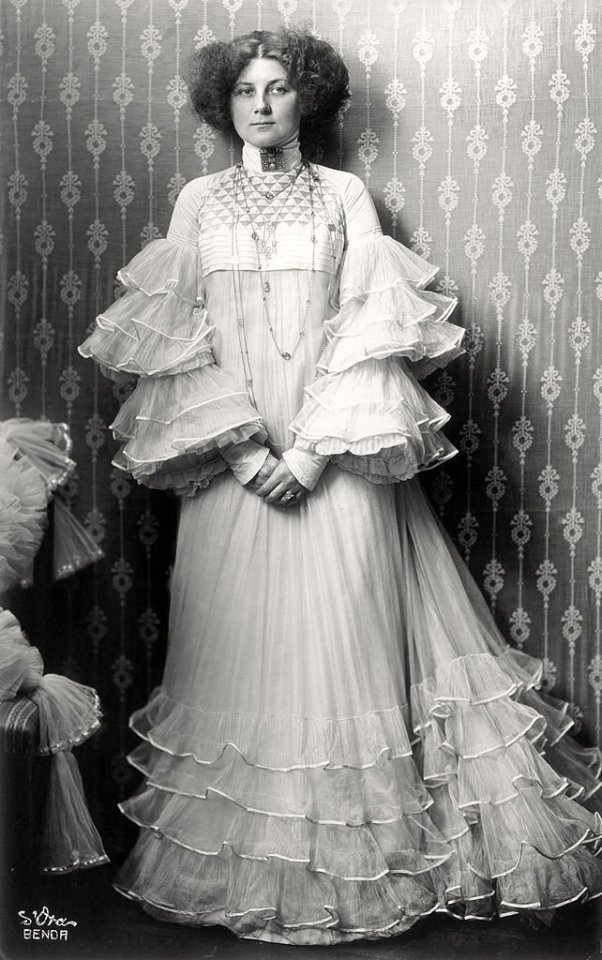
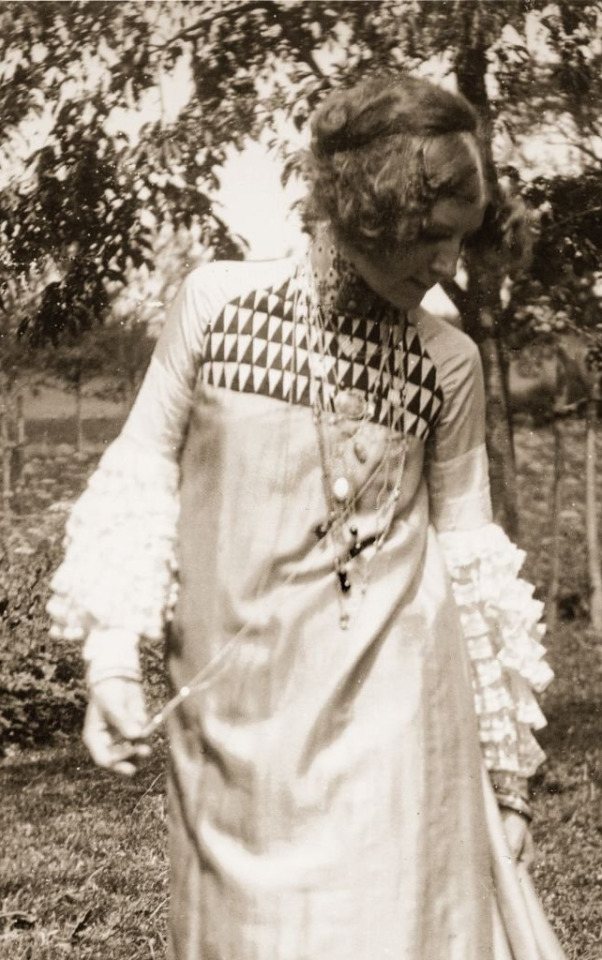



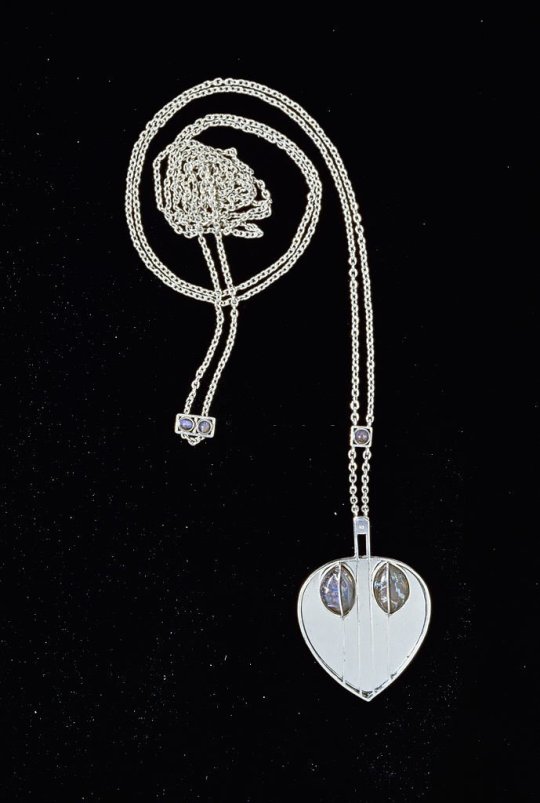

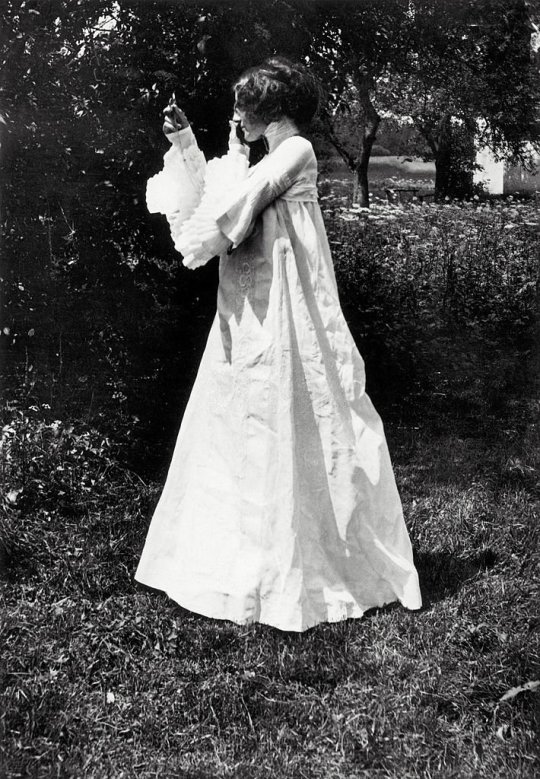

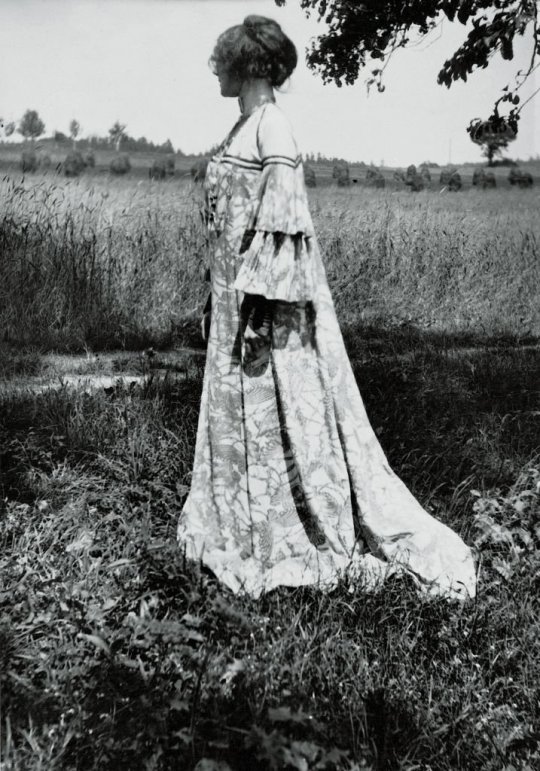
Austrian fashion designer Emilie Flöge, 1900s She was Gustav Klimt’s muse, lover, and lifelong companion. The necklaces were gifts from Klimt.
Coco Chanel is often heralded as the sole designer to revolutionize modern womenswear, and it’s true that she popularized trousers and comfortable two-piece suits at a time when upper-class women had limited sartorial options. But by the time Chanel opened her salon at 31 Rue Cambon in Paris in 1910, Flöge had been producing cutting-edge designs in Vienna for several years, already carving out new roles for women in the industry with her empire-waist garments, wide sleeves and intricately-detailed panels inspired by Hungarian and Slavic embroidery, marking a departure from the restrictive, corseted dresses that were the mainstays for the time.
In 1904, Emilie and her two sisters opened the fashion house Schwestern Flöge on Vienna’s bustling Mariahilfer street—an unusual venture for three unmarried, thirty-something women to take on then. Klimt and Flöge’s relationship was also extremely unusual: they were romantic partners that never got married nor had children, and maintained a level of independence unprecedented for the time.
via
644 notes
·
View notes
Photo

Tail-coat, mens gala dress, early 20th century
1 note
·
View note